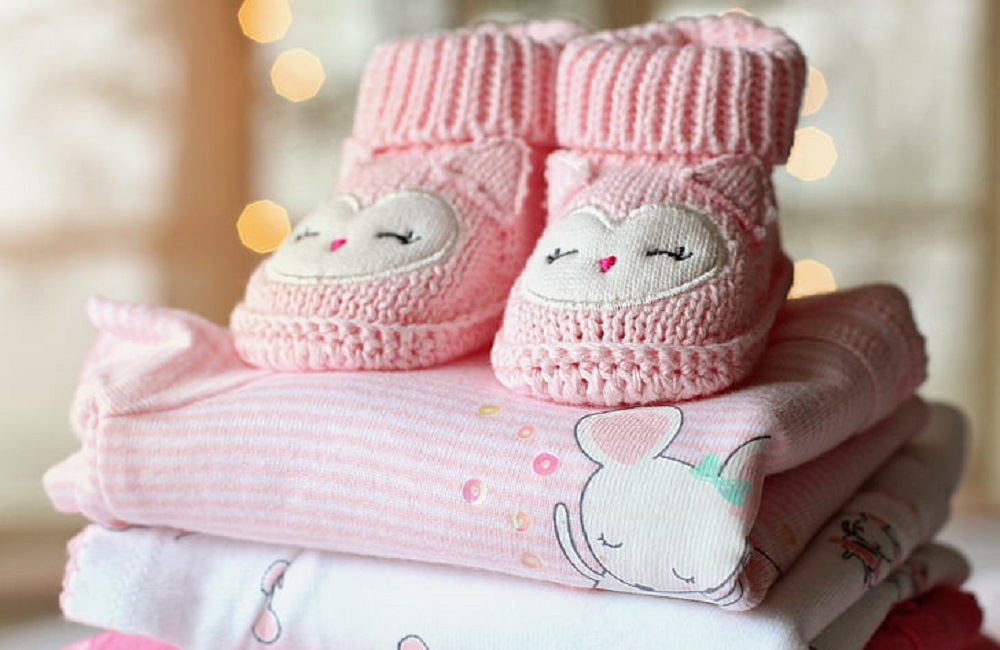Welcoming a new baby into your home is an exciting and joyful experience. Along with the joy comes the responsibility of ensuring that everything your baby touches is clean and safe, including their clothes. Here are some best practices for washing baby clothes to help new parents, baby caregivers, and expecting families keep those tiny outfits fresh and irritation-free.
Key Tips for Washing Baby Clothes

Separate Baby Clothes from Adult Items
Always wash baby clothes separately from adult laundry. Adult clothes can carry harsh chemicals, dirt, and oils that might transfer and irritate a baby’s sensitive skin.
Pre-treat Stains
Although cute, babies may be messy. Before washing, pretreat stains with a baby-safe stain remover or a mild detergent. Natural solutions that are also friendly on textiles, such vinegar or baking soda, can be used.
Use a Gentle, Hypoallergenic Detergent
Choose a detergent specifically designed for baby clothes. These detergents are formulated to be free of dyes, fragrances, and harsh chemicals, reducing the risk of skin irritation.
Wash on a Gentle Cycle
Unless otherwise specified by the care label, wash baby clothes on a gentle cycle with cold water. This helps to protect the fabric and maintain the quality of the clothing.
Avoid Fabric Softeners and Bleach
Fabric softeners and bleach can contain chemicals that are too harsh for a baby’s sensitive skin. If you prefer to use a fabric softener, choose one labeled as baby-safe and free from dyes and fragrances.
Opt for a Low Spin Speed
Select a low spin speed on your washing machine to minimize wear and tear on delicate baby fabrics, keeping them in good condition for longer.
Don’t Overload the Washing Machine
Washing baby clothes in smaller loads ensures they are cleaned thoroughly and reduces the risk of damage. Overloading the machine can lead to insufficient cleaning and fabric wear.
Use a Mesh Laundry Bag
For smaller items like baby socks and mittens, use a mesh laundry bag to keep them together and prevent loss or tangling.
Check the Water Temperature
Ensure the water temperature is set according to the fabric care labels to avoid damaging delicate baby clothes. Generally, cold water is safer for baby fabrics.
Rinse Thoroughly
Make sure to rinse baby clothes thoroughly to remove all detergent residues. Residual detergent can irritate a baby’s sensitive skin.
Dry Baby Clothes Properly
Baby garments may be naturally disinfected and brightened by sun-drying them. To avoid damaging the cloth, use the lowest heat setting in your dryer if that’s your preferred method. Make sure your clothing is totally dry to prevent the formation of mildew.
Maintain Washing Machine Hygiene
Regularly clean your washing machine to prevent any buildup of detergent residues or bacteria that could affect baby clothes. A clean washing machine ensures your baby’s clothes are as clean as possible.
Use Natural Stain Removers
For tougher stains, opt for natural stain removers like baking soda or vinegar. Always ensure they are safe for baby clothing to avoid any adverse reactions.
Avoid Strong Fragrances
If you prefer using a fragrant detergent, choose one specifically formulated for babies and free from synthetic scents. Strong fragrances can cause skin irritation or allergic reactions.
Inspect Clothes Post-Wash
After washing, inspect baby clothes for any signs of damage or loose threads that could pose a risk to your baby. Regularly checking and maintaining baby clothes ensures they remain safe to wear.
Practice Good Laundry Hygiene
Regularly clean laundry baskets and hampers to ensure they are free from contaminants that could transfer to baby clothes. Keeping these areas clean is essential for overall hygiene.
Store Baby Clothes Properly
Keep freshly washed baby clothes in a clean, dry area to avoid exposure to dust and allergens. Proper storage maintains the cleanliness and safety of the clothes.
Use a Gentle Detergent Additive
If more cleaning power is required, pick a mild detergent component that is suitable for infants and won’t damage the fabric’s integrity. This can help remove more stubborn stains without causing damage to the clothing.
Common Mistakes to Avoid
- Mixing Baby Clothes with Adult Laundry: This increases the risk of exposure to harsh chemicals and allergens.
- Overloading the Washing Machine: Leads to insufficient cleaning and potential fabric damage.
- Using Regular Fabric Softeners and Bleach: Can contain irritating chemicals for sensitive baby skin.
- Neglecting to Pre-Treat Stains: Makes them harder to remove and potentially damages the fabric during the wash.
- Failing to Read Care Labels: Can result in incorrect washing temperatures and cycles.
- Not Washing New Baby Clothes Before Use: Exposes the baby to harmful chemicals and allergens from manufacturing and shipping.
- Using High-Heat Settings for Drying: Can damage delicate fabrics and cause shrinkage.
- Forgetting to Check for Wear and Tear: Poses safety hazards with loose buttons, snaps, or frayed fabric.
Conclusion
There’s more to caring after your baby’s clothing than just throwing them in the laundry. You can make sure that your baby’s clothing is hygienic, secure, and comfortable by adhering to these best practices. Not only will you prolong the life of those priceless tiny garments, but your kid will also be happy.

